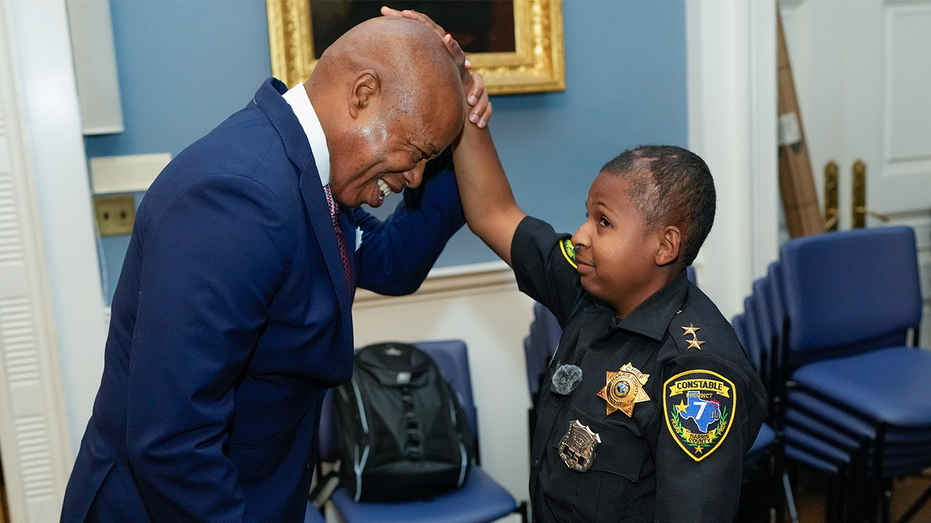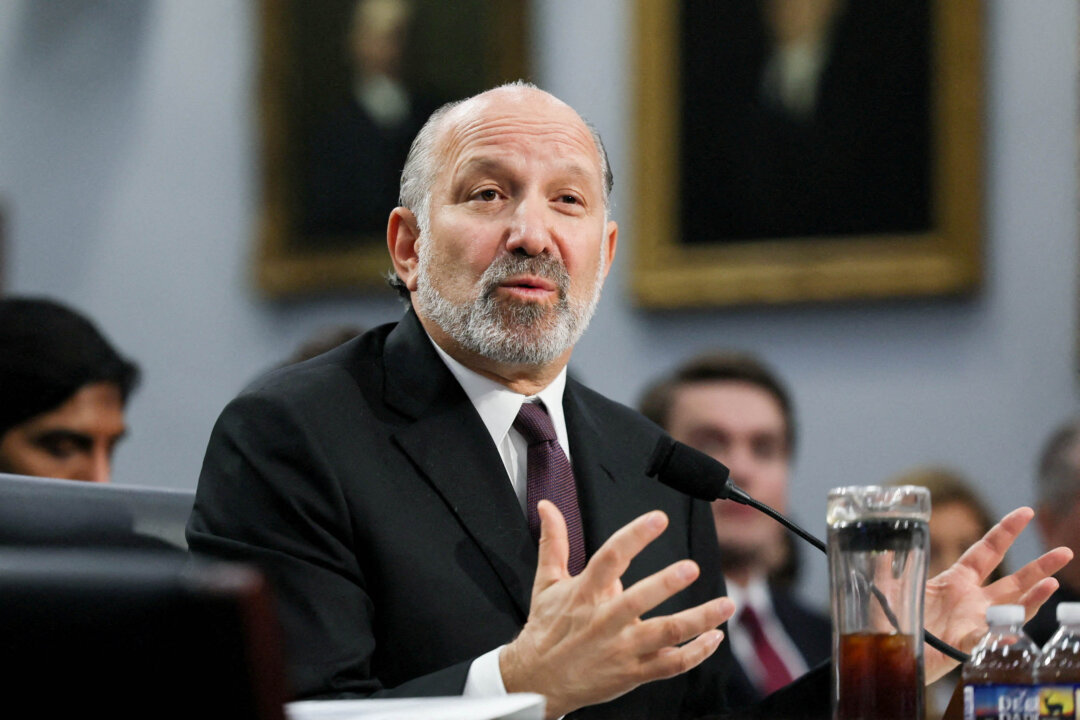

Like most American kids who endured years of Spanish class, I have little to show for it. Stock phrases like “¿Cómo estás?” or “Where is the library?” don’t open doors in the Spanish-speaking world — much less jobs.
In Europe, students routinely graduate their version of high school fluent in two or three languages. They don’t wait until college or rely on expensive immersion programs to acquire skills that fuel cognitive growth, global awareness, and career opportunities. For them, bilingualism is expected. For us, monolingualism has become an international stereotype — and a joke.
American schools pride themselves on preparing students for the global stage. But how can they claim that when graduates leave fluent only in English?
Schools treat language learning as an elective you can coast through until it’s too late to develop fluency. That’s a mistake. English may be the global lingua franca, but relying on it alone leaves Americans culturally and economically isolated. Geography didn’t bless us with neighbors who speak our language, and history didn’t guarantee multilingualism. We need to teach it.
Europeans vs. Americans
As of 2024, about 60% of Europeans can speak at least one foreign language. In the Netherlands, Sweden, Denmark, and Finland, more than 90% of the population speaks a second language — usually English.
The United States looks very different. A 2019 Census Bureau survey found that only about 20% of Americans speak a language other than English at home, and many of them have only basic conversational skills. True fluency is closer to 10%.
Most of those fluent speakers come from households with at least one foreign-born parent, especially from Latin America. According to the American Academy of Arts and Sciences, 57% of Americans who speak another language at home were born abroad, while 43% were U.S.-born children of immigrants.
The bottom line: Native-born Americans with English-only parents almost never achieve fluency. Our country relies on immigrant households to supply most of its bilingual citizens — a skill European nations expect from nearly everyone. That needs to change.
Bilingualism boosts brainpower
Bilingual, immersive language education is critical for American children’s development and for preparing them to compete globally. The National Institutes of Health has documented a clear “bilingual advantage”: Children who speak at least one additional language perform better cognitively than those who remain monolingual.
This advantage shows up in executive function — stronger problem-solving, memory, attention, and task-switching. Managing two languages sharpens working memory and mental flexibility. Research even suggests that bilingualism delays dementia and Alzheimer’s disease by several years.
The discipline required to master a language also strengthens overall learning, making it easier to acquire new skills later in life.
If America wants its children to be the “best and brightest,” then real fluency in a second language, taught from a young age, cannot remain optional. It should be the standard.
Economic and career advantages
America’s monolingual education system limits students’ future opportunities. Bilingual employees earn between 5% and 20% more than their monolingual peers, depending on the language and industry. Since 2020, demand for bilingual remote jobs has risen by 30%. High-demand languages include Spanish, Mandarin, Arabic, German, and French — most of which American schools fail to teach.
Fluency also unlocks career paths closed to monolinguals: international business, trade, diplomacy, and countless others. For many Americans, monolingualism is the invisible wall blocking access to a lucrative job market they never knew existed.
Opportunity denied
The benefits of bilingualism are well established. The American Academy of Arts and Sciences notes that early exposure gives children the best chance at fluency. Yet fewer schools offer any language instruction at all.
RELATED: Austria’s struggle with mass migration holds a lesson for America
 Photo by Askin Kiyagan/Anadolu Agency via Getty Images
Photo by Askin Kiyagan/Anadolu Agency via Getty Images
Those that do often provide a watered-down version — generic Spanish classes that drill greetings instead of teaching real communication. Options like German, Mandarin, Arabic, or French are usually limited to elite private or international schools.
That must change.
Break the stereotype
I was fortunate to study German in college through an immersion program and then sharpen my fluency while studying in Germany. That experience changed my life. Every high school student should have the same chance without needing a college degree or expensive international schools. Public schools can and must offer multiple language options, rigorous curricula, and early immersion.
American schools claim to prepare students for the global stage. But how can they when graduates leave fluent only in English? Lip service and rote memorization aren’t enough. Real language learning produces sharper thinkers, stronger communicators, and citizens able to engage the wider world.
If we want American education to keep its reputation for excellence, we need to stop treating foreign languages as electives. They are essential.
.png)
 1 hour ago
2
1 hour ago
2















 English (US)
English (US)